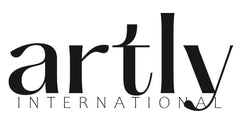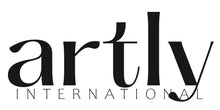Reclaiming Art: The Problem with Plagiarism and Derivative Work
The Thin Line Between Inspiration and Imitation
Art has always been in conversation with itself—every generation of artists has borrowed, responded to, and reinterpreted what came before. But in today’s hyper-connected world, where mass reproduction is effortless and derivative work floods the market, the distinction between influence and outright plagiarism is becoming increasingly blurred. What does it mean for originality when imitation is not only widespread but often rewarded? And at what point does artistic homage turn into creative theft?
Art history is filled with examples of artists building upon the work of their predecessors. Picasso famously said, “Good artists copy, great artists steal.” But the spirit of this statement has often been misinterpreted. Picasso didn’t mean that artists should lift ideas indiscriminately; rather, he emphasized the need to deeply absorb and transform influences into something unmistakably one’s own. Today, however, we see a different trend—one where technology, social media, and commercial art industries have made it easier than ever to replicate, appropriate, and dilute genuine artistic innovation.
The Rise of Algorithmic Art and the Death of Distinctiveness
With the advent of AI-generated imagery and the rapid proliferation of mass-produced digital content, the problem of artistic originality has taken on new urgency. Artists once had to train rigorously, refining their craft over years of study and practice. Now, AI tools can churn out paintings, illustrations, and even music that mimic existing styles within seconds. While these technologies have their place, they also raise uncomfortable questions: Who owns the art? Does the ease of production diminish its significance? And most critically, if an artist’s style can be replicated effortlessly by an algorithm or another artist, what happens to the value of true creative labor?
Even in the fine art world, market trends encourage imitation. Once a particular aesthetic gains traction—whether it’s the washed-out color palettes of Instagram-friendly abstracts or the mass appeal of certain figurative styles—it gets endlessly reproduced by emerging artists hoping to capitalize on demand. But this cycle of repetition erodes the individuality that gives art its power, replacing conceptional effort with market-driven trends.
The Ethics of Artistic Integrity
The distinction between influence and theft is not always black and white. Throughout history, artistic movements have been built on shared techniques and themes. Impressionism, for example, was shaped by a collective of painters who explored light and color in groundbreaking ways. However, what separates meaningful artistic evolution from mere replication is intention. When artists engage in genuine exploration—pushing boundaries, interpreting influences in new ways—they contribute to the cultural dialogue. But when they merely copy successful formulas without adding substance, they diminish the creative ecosystem.
This is where the role of curators, critics, and gallerists becomes essential. They are the gatekeepers who must not only recognize the difference between influence and imitation but also champion originality over commercial appeal. If they fail to do so, we risk a future where the art world is filled with technically competent but ultimately hollow echoes of past successes.
Reclaiming Authenticity
If art is to remain vital, we must reinstate a reverence for true originality. This means recognizing and supporting artists who are committed to their own vision, rather than those who chase trends or mimic marketable styles. Collectors, curators, and institutions all have a role to play in resisting the commodification of imitation. Education is also key—teaching audiences how to distinguish between authentic artistic voices and derivative work fosters a more discerning and engaged public.
The difference between originality and imitation is not just an intellectual concern; it is the foundation of what makes art meaningful. Art’s ability is to challenge, educate, disrupt, transform, and to help others see. If we cannot distinguish between what is truly innovative and what is simply a rehash, then we risk losing this essential force in culture.
In the next installment of the Reclaiming Art series, we will explore Art vs. Design: Understanding the Key Distinctions, exploring how market-driven forces have reshaped the relationship between these two creative fields.




发表评论